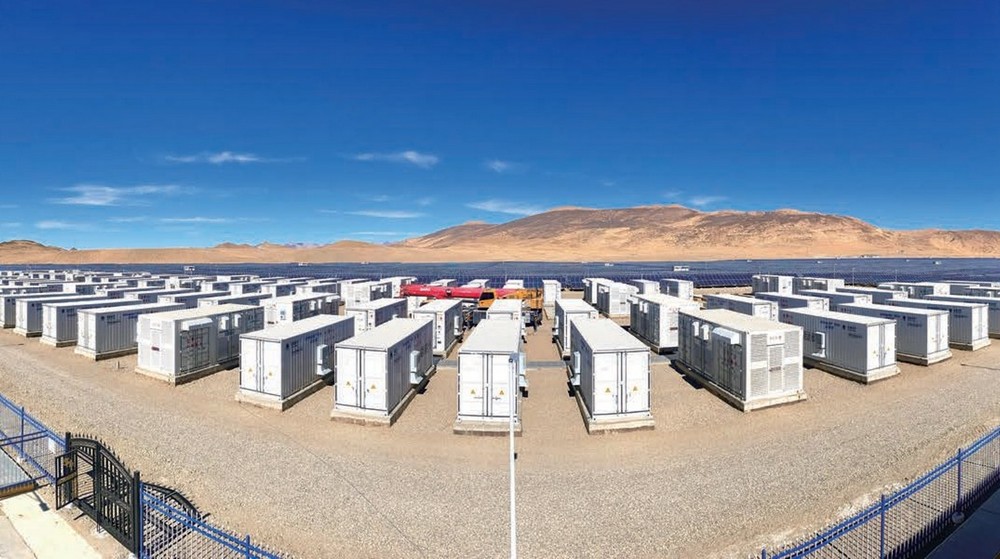What is the thermal management of energy storage batteries?
Just like a phone that overheats and cannot be used, energy storage systems also require temperature control products to protect their safe and stable operation. This is the thermal management of energy storage batteries.
The current mainstream energy storage thermal management technologies are mainly air-cooling and liquid-cooling. In the past, domestic energy storage systems mostly used forced air-cooling, which had lower initial investment costs but exposed weaknesses when facing higher energy density and similar energy storage needs. The thermal management system has gradually shifted towards liquid-cooling. Liquid-cooling technology is safe and reliable, achieves precise temperature control through cooling convection, and significantly reduces the risk of temperature control loss and fire. In the long term, liquid-cooling technology has better economic effects. Compared with air-cooling systems, liquid-cooling systems can save up to 50% of energy, and the electricity and consumption of fans are also reduced. In addition, liquid-cooling technology has a larger heat capacity, higher thermal conversion efficiency, and faster charging and discharging speeds, making it widely used in environments with large temperature fluctuations. Although the cost of liquid-cooling technology is relatively higher, if the installed capacity is larger than 5 megawatt-hours, the cost of liquid-cooling will be greatly reduced. Currently, most large-scale energy storage projects use liquid-cooling energy storage technology.

May 21, 2023 in Uncategorized
